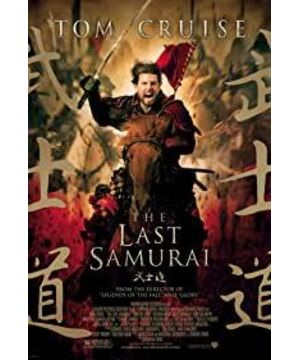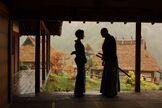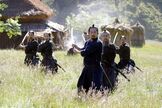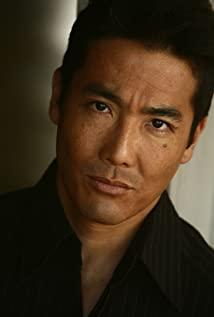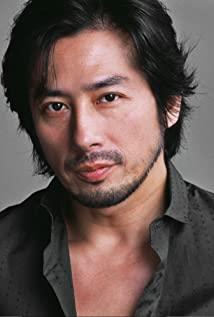Now it seems that there were too many worries at the beginning. The pace of the movie was relatively fast, and it was not until the village part that it slowed down greatly. It’s not boring at this time. You can feel the atmosphere of the Japanese villages in ancient times. You can also know what Japanese civilians would do and their daily routines at that time. The mountains are surrounded by the European and Japanese styles and the melodious music is really unique. I felt that at the
end of the war, the battle scene was very atmospheric, and it was very well portrayed.
There are not without shortcomings, such as nightmares that are constantly interspersed, showing the old and unconventional techniques, and the explanation of some plots is not clear.
War films have always been quite cruel, not suitable for everyone to watch, this depends on whether you can bear the
overall rating: 4.1/5.0 (2 and a half hours of plot is more full, and there are no major shortcomings)
Entertainment Index: 3.0 /5.0 (The battle in the film is still very interesting, and the protagonist's Japanese learning process is also more interesting)
Aftertaste Index: 2.5/5.0 (Compared with the shocking battle, it is the slowest-paced pastoral life that has the deepest impression)
Box office Performance: Because there are a large number of war scenes and the cost is as high as 140 million, the subject matter and introduction are really difficult to attract. It is understandable that North America opened a box office of 24.27 million in the first week, but after watching it, I found that the movie is not as boring as the introduction. With a lot of stamina, it has made great strides all the way and swept 345.63 million box offices overseas. Since the movie is closely related to Japan, it is also very interesting to pay attention to the box office data over there. 119.26 million, higher than North America. It seems that the Japanese appreciate this movie quite a bit, and the final global box office was 456.75 million.
There was a tactical problem in the last battle. Why didn’t the enemy use fast bursts after being blocked by flames? They were all around there, pulling their bows in 5 seconds, and it only took less than half a minute to shoot 5 rounds in a row. , It’s not too late to rush up after shooting 5 rounds. Anyway, the bow and arrows are useless after entering close combat. You can shoot another 1 or 2 rounds of cover when you charge to avoid the opponent’s reorganization too quickly.
After watching the movie, I finally know how the cannon is aimed. Yes, the first shot is to determine the distance, and then adjust the elevation angle to increase or decrease the distance to hit the enemy.
His husband was killed, but he was assigned to take care of this enemy. Even though he couldn’t bear it, he still took good care of him seriously. The traditional Japanese women’s virtues are really surprising, but this extreme patriarchy has also caused a lot of harm to them. From many Japanese film and television works, we can see cases of encountering drunken husbands and domestic violence without resisting them. People sigh. I don’t know whether this traditional thinking has weakened compared with the past in modern society. What do
you think was the reason for that battle? In the end, Bushido is going to end. A hundred years later, Japan will cooperate with the United States, and it will be its own death. People in the country have changed because of the depression of the village. Women have lost their husbands and children no longer have fathers to teach them. Just for glory, is it worth it? This reminds me of the orcs in Azeroth, honoring their deaths in the battlefield. I still don’t agree with them.
View more about The Last Samurai reviews


